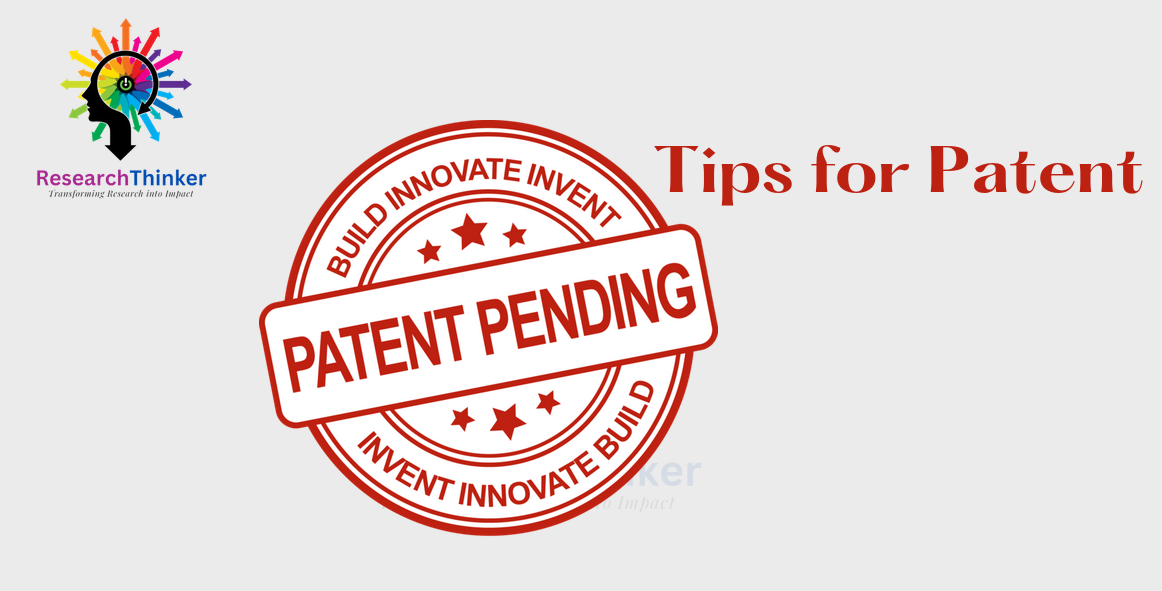| Definition | The potential of an invention to meet patent criteria. | The ability to operate in a particular market without infringing existing patents or intellectual property rights. |
| Focus | Determines if an invention is eligible for a patent. | Ensures that a product or process does not infringe on existing patents held by others. |
| Legal Right | Grants the inventor exclusive rights to the invention. | Ensures freedom from legal obstacles or risks of infringing on others’ rights. |
| Requirements | Novelty, non-obviousness, and utility. | Analyzing existing patents and intellectual property to avoid infringement. |
| Process | Conducted by patent examiners during the application process. | Conducted by legal professionals before product launch or market entry. |
| Search Scope | Global search for prior art and existing patents. | Focuses on patents in specific regions or countries where the product will be marketed or used. |
| Objective | Obtaining legal protection for a new and inventive concept. | Ensuring the freedom to commercialize a product or technology without legal barriers. |
| Risk | Risk of rejection if the invention lacks patentability. | Risk of legal action or injunction if the product infringes on existing patents. |
| Documentation | Requires a detailed patent application. | Involves a thorough FTO search and legal analysis. |
| Timeframe | Can take several years from filing to grant. | Conducted before significant investments are made in product development or market entry. |
 tips for patent
tips for patent




